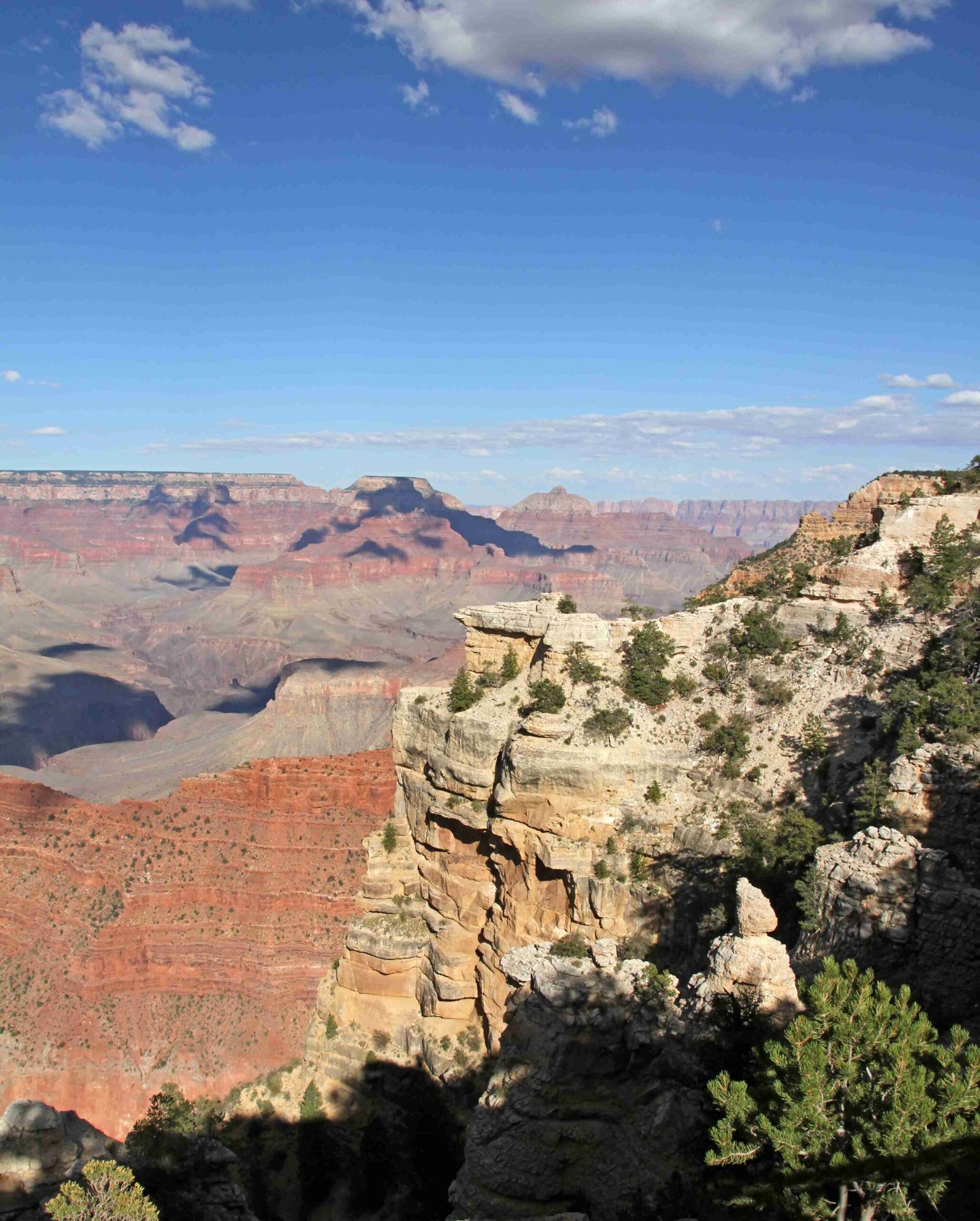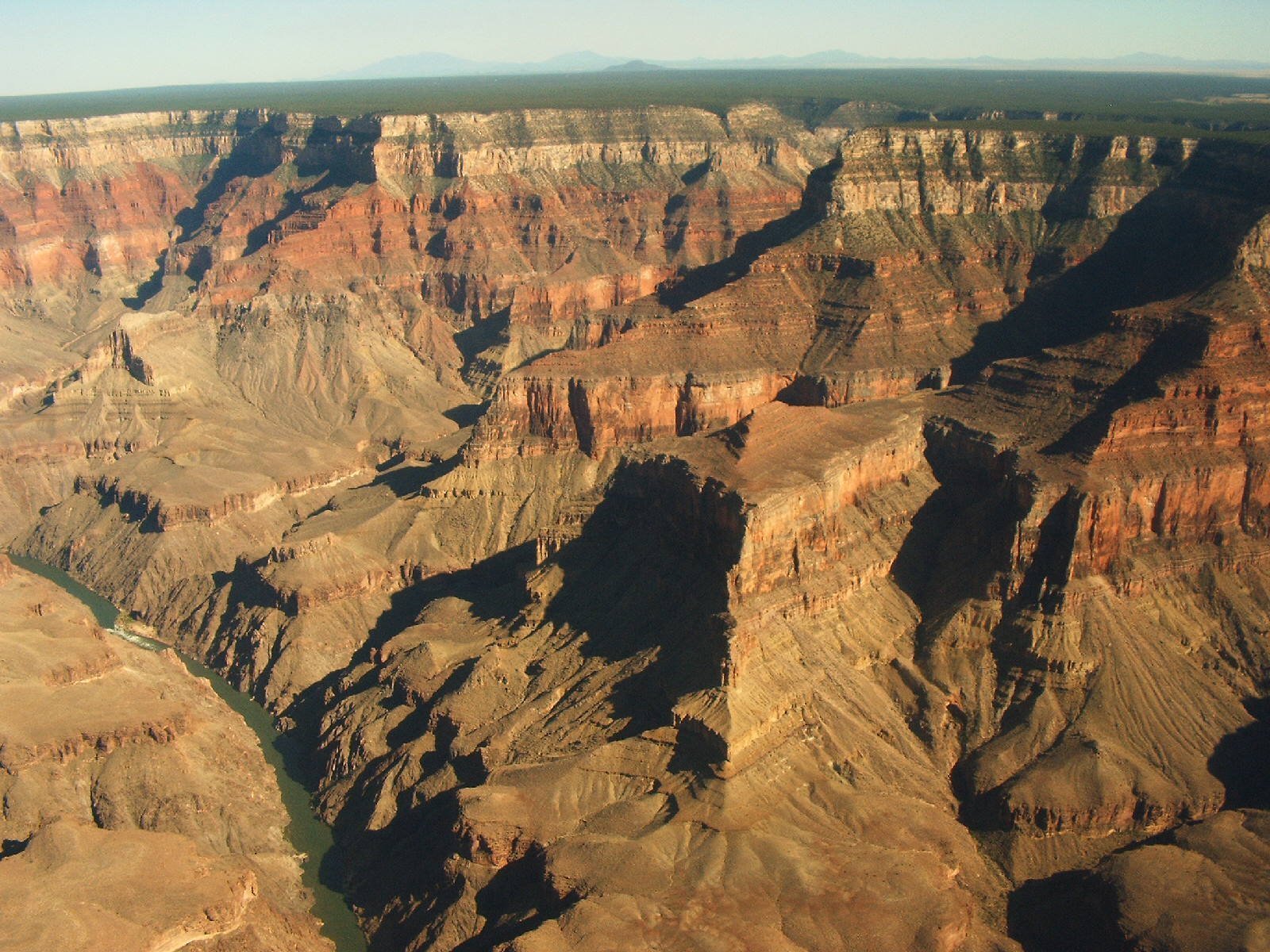The Grand Canyon, a natural wonder of immense ecological and cultural significance, stands at a critical crossroads of conservation and potential development. Balancing preservation with economic interests requires a nuanced approach that carefully weighs environmental protection, tourism needs, and long-term sustainability of this irreplaceable national treasure.
What Are the Current Development Regulations at the Grand Canyon?

The National Park Service (NPS) maintains stringent regulations governing potential development within the Grand Canyon. Key regulatory frameworks include:
Strict Environmental Protection Protocols
- National Environmental Policy Act (NEPA) Compliance
- Comprehensive environmental impact assessments
- Preservation of ecological integrity as primary objective
Limitations on Construction and Expansion
| Development Category | Permitted Status | Restrictions |
|---|---|---|
| Tourism Infrastructure | Limited | Extensive Review Required |
| Research Facilities | Conditional | Minimal Footprint |
| Visitor Services | Controlled | Strict Environmental Guidelines |
Why Should Development Be Carefully Considered?

Environmental Vulnerability
The Grand Canyon represents an extraordinarily delicate ecosystem with multiple critical considerations:
- Biodiversity Preservation
- Home to 355 bird species
- 89 unique mammalian species
-
Complex geological formations spanning millions of years
-
Water Resource Protection
- Colorado River watershed sensitivity
- Potential contamination risks from development
- Groundwater ecosystem disruption
Economic and Cultural Implications
Development decisions extend beyond environmental concerns, encompassing:
- Local community economic opportunities
- Indigenous cultural preservation
- Long-term tourism sustainability
- Scientific research potential
What Are the Potential Consequences of Unrestricted Development?
Ecological Disruption Risks
- Habitat fragmentation
- Wildlife migration pattern interruption
- Increased human-wildlife conflict
- Potential species extinction
Tourism Experience Degradation
Uncontrolled development could potentially:
– Reduce scenic landscape integrity
– Diminish visitor wilderness experience
– Create infrastructure overcrowding
How Can Responsible Development Be Approached?
Sustainable Development Strategies
- Minimal infrastructure expansion
- Advanced ecological monitoring
- Collaborative indigenous community engagement
- Technology-driven conservation techniques
Recommended Development Framework
- Prioritize scientific research facilities
- Enhance existing visitor infrastructure
- Implement strict environmental mitigation protocols
- Create adaptive management strategies
Conclusion: Balanced Approach Required
Determining whether development should be allowed at the Grand Canyon requires a holistic, scientifically-grounded approach that prioritizes long-term ecological preservation while acknowledging human interaction needs.
Key Recommendations
- Maintain current strict development regulations
- Invest in sustainable tourism infrastructure
- Continuously reassess environmental impact
- Engage multidisciplinary expert panels
References:
– National Park Service – Grand Canyon
– Grand Canyon Trust
– Environmental Protection Agency

